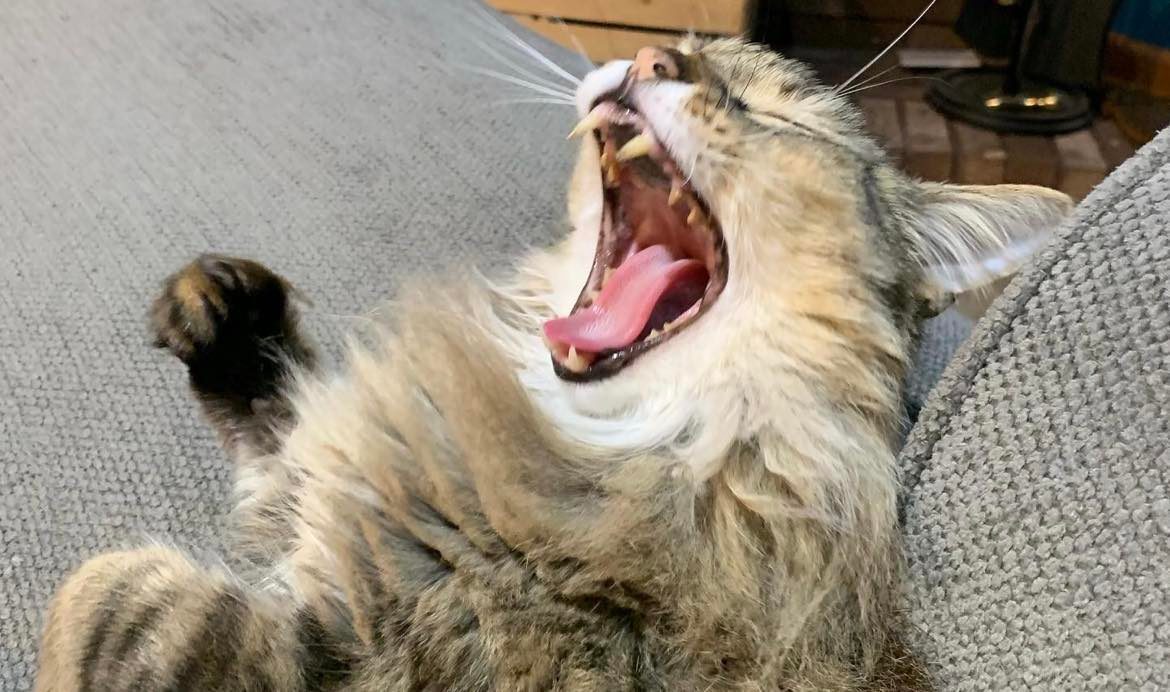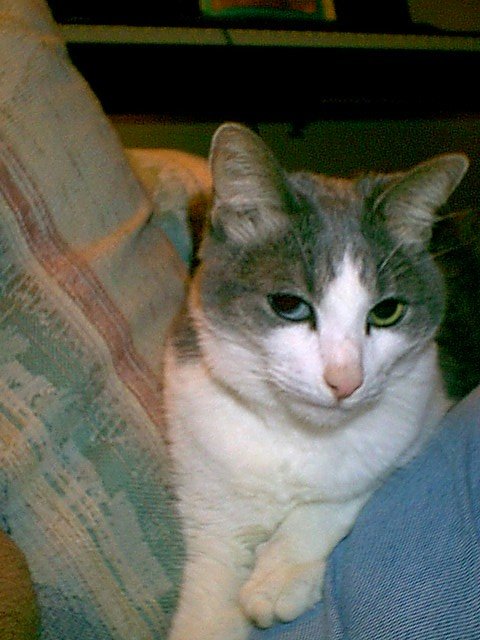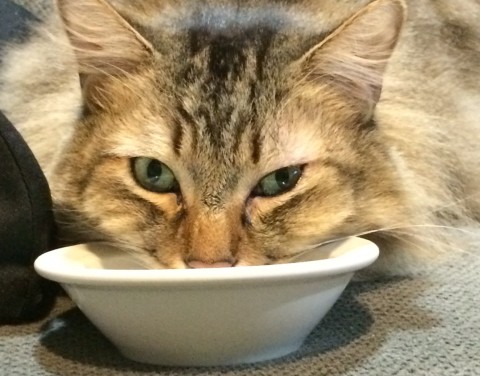It’s hard to know exactly how to prevent certain diseases in our cats. For instance, chronic kidney disease and type 2 diabetes are somewhat common in older cats. We have an idea of how to prevent type 2 diabetes in ourselves, but since dietary options seem so limited for pets, it might seem as though it’s impossible to even try to prevent type 2 diabetes in cats. However, an article by Dr. Jennifer Coates tells us how to minimize the risk.
The right diet is the biggest thing you can do to help prevent type 2 diabetes in cats
Despite seemingly limited options, the first thing to consider is, obviously, diet. Cats are obligate carnivores, and while they can process limited amounts of carbs for energy, their bodies aren’t designed to process large amounts on a daily basis. Yet, that’s what we do to them with commercial food, particularly dry food.
As with people, too many carbs for too long can cause insulin resistance, resulting in type 2 diabetes in cats. Dr. Coates says that cats need a low-carb, high-protein, moderate-fat diet to reduce that risk. There are commercial foods out there that provide this kind of balance; you don’t have to make your own cat food. You do want to look for a food with a higher percentage of protein than carbs, however.
Also, don’t think that “grain free” means “low carb,” because it doesn’t. Many grain-free foods still contain high amounts of carbs. So choose a food for your cat based on the amounts of protein, fat and carbs contained inside, and find one that has the highest percentage of protein possible. This will reduce the risk of type 2 diabetes in cats.
The right amount of food can also lower the risk of type 2 diabetes in cats
Of course, diet is only part of the solution. Another other part is fixing the amount your cat eats. As with people, type 2 diabetes in cats is linked to weight. Dr. Coates says that obesity is probably the number one risk factor for diabetes, and feeding too much food can wipe out all the good you’re doing by feeding the right diet.
One thing you can do is feed your cat on a schedule, instead of free feeding him. If your cat is a kitten, then feed him with the goal of maintaining a slim body type. When he grows up and you’re ready to switch him over to adult food, you should ask your vet how much food he needs on a daily basis, and what an ideal weight for him is.
All cats are different, so an ideal weight for one cat may be overweight, or underweight, for another. Weigh him at least once a month, and fine-tune his portion sizes based on whether he should gain or lose weight.
These are two of the most important risk factors for type 2 diabetes in cats that you have control over. There are other risk factors, too, which you may not be able to control, and your cat may still develop diabetes despite your best efforts. However, as with ourselves, it’s wise to control what we can so that we minimize the risk of our cats’ developing certain conditions later in life.




